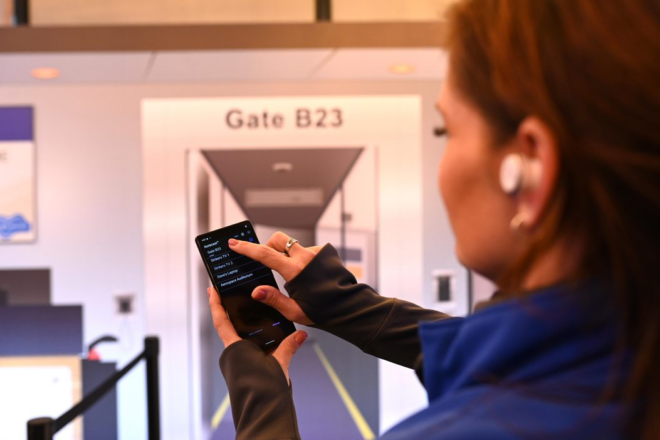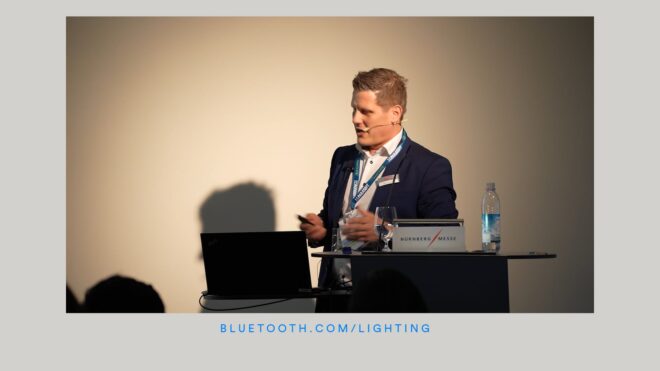Bluetooth® Low Energy Power Control, also known as LE Power Control (LEPC), is one of the features introduced in Bluetooth Core Specification version 5.2. This article provides a brief introduction and answers some of the most commonly asked questions about LE Power Control. This feature will help LE Audio use cases to take advantage of optimized and efficient power consumption. For example, when thinking about tiny earbuds with LE Audio, any optimization on power consumption will give developers and end-product manufacturers enough flexibility to build cool applications.
What Is Power Control for Wireless Communication?
In telecommunication systems, power control is commonly used for controlling the power level of a transmitter to achieve better communication signals or quality of service, including the optimization of power consumption.
Why Does Bluetooth Low Energy Need Power Control?
First of all, power control is not a new technical term in Bluetooth. It has been used in the Bluetooth® BR/EDR controller (please refer to Bluetooth Core Specification, Vol 2, Part C, Section 4.1.3), which describes how Bluetooth devices which have a BR/EDR controller negotiate and adjust the transmission power level with each other.
Bluetooth Core Specification version 5.2 adopted power control over the Bluetooth Low Energy Controller. This can provide a positive impact on performance for solutions over Bluetooth Low Energy.
What Does LE Power Control Mean?
To help explain, let’s look at the following scenario:
On Friday night, after work, a couple walks into a restaurant and take their seats. They are dining and conversing. At certain times, one is speaking and the other is listening.
- If the speaker always speaks at maximum volume (i.e. screams), it may make the listener uncomfortable, comes off as rude, uses a lot of energy, and, over time, may potentially damage the listener’s hearing. It also disturbs other guests nearby.
- On the other hand, if the speaker speaks too softly, the listener will find it hard to hear and understand. The speaker may need to retry to make sure the listener can hear.
LE Power Control was designed to address these challenges when using Bluetooth® Low Energy.
When two Bluetooth Low Energy devices establish a connection, at a certain moment, one device is in a transmitting state, and the peer device is in a receiving state. Usually, the receiver requires a certain signal-to-noise ratio (SNR), and the power level of the transmitter shouldn’t be too high or too low.
- If the power level of the transmitter is too high, it may cause the receiver device to be saturated and result in link failure. And it wastes power on the transmitter side.
- If the power level of the transmitter is too low, the receiver can receive the packets from the transmitter, but the packet error rate (PER) can become high.
The LE Power Control feature can be used to adjust a connected peer device’s transmit power level based on the receiver’s signal level.
![]()
FEATURED INFOGRAPHIC
Build a Smarter Building with Blue
See new data on how building with blue can increase reliability, reduce costs, and enhance the ROI of smart building solutions.
What Functions Does LE Power Control Offer?
- One of the peer devices can request a remote device to make a specified change in the remote device’s power level.
- The local and remote devices can also share their current transmit power levels during this exchange to enable devices to calculate the link path loss between them.
- Devices are also allowed to do autonomous local transmit power level changes and indicate the change to the remote device.
What Benefits Does the LE Power Control Feature Provide?
- Power consumption optimization. With LE Power Control, the transmitter can adjust its transmission power by itself or can be requested to change its transmission power by a peer device. This mechanism can make transmission power always be set at an economical and efficient level.
- Good link quality. A receiver may have a golden range of Receiver Signal Strength Indicator (RSSI) that it prefers the incoming signal to remain within. With LE Power Control, a receiver can request a transmission power change on the transmitter to keep RSSI of the receiver itself falling into the golden range.
- Minimizing interference. With LE Power Control, the transmission power level can be changed autonomously and proactively, so this feature can minimize interference/noise over the air against nearby devices.
Can LE Power Control Be Used on Connected Isochronous and Broadcast Isochronous Streams?
LE Power Control can be used for use cases throughout Connected Isochronous Channels, but it can’t be used for Broadcast Isochronous Channels because the prerequisite of LE Power Control is to establish a connection.
Download the Bluetooth® Core Specification Version 5.2 Feature Overview [PDF] to learn more.
![]()























